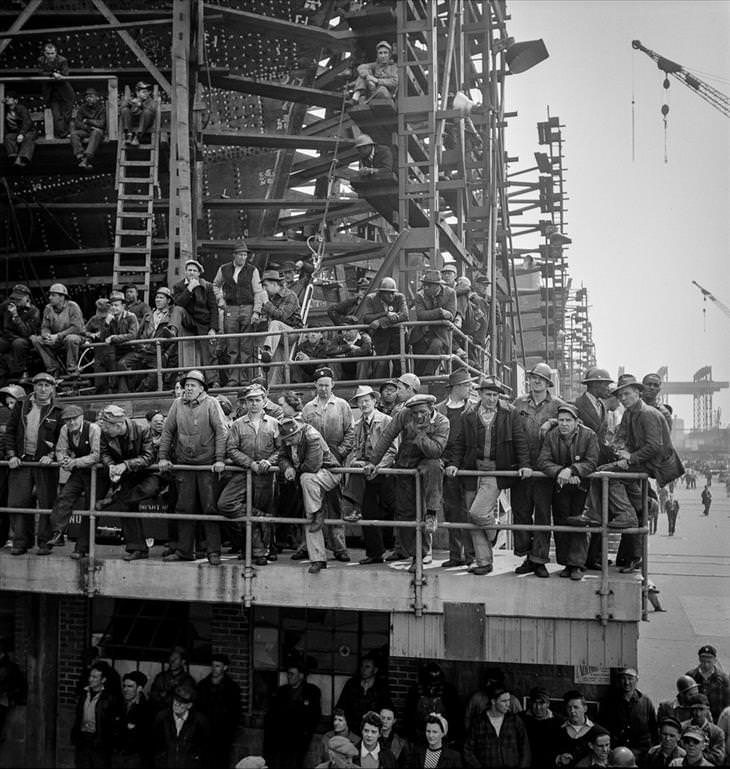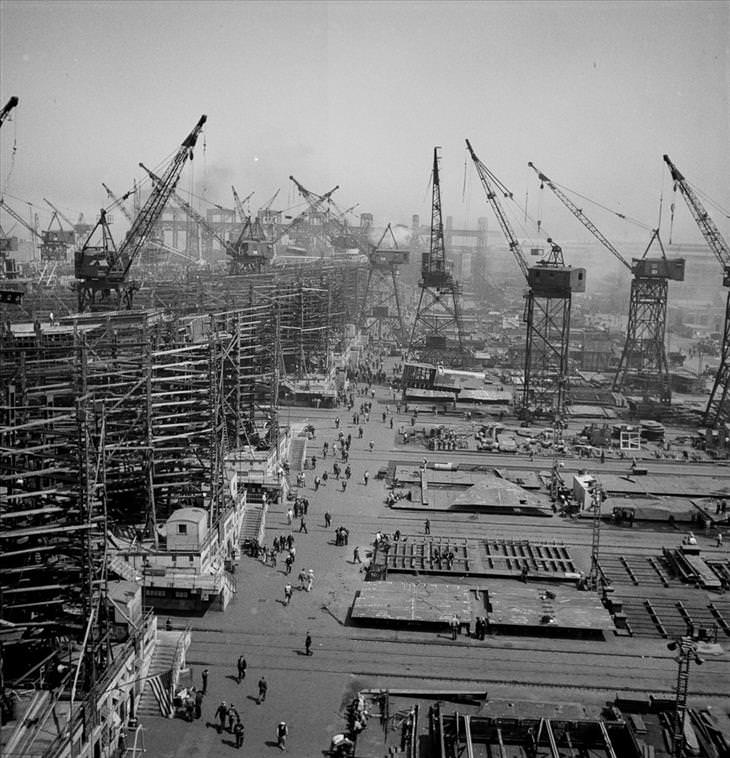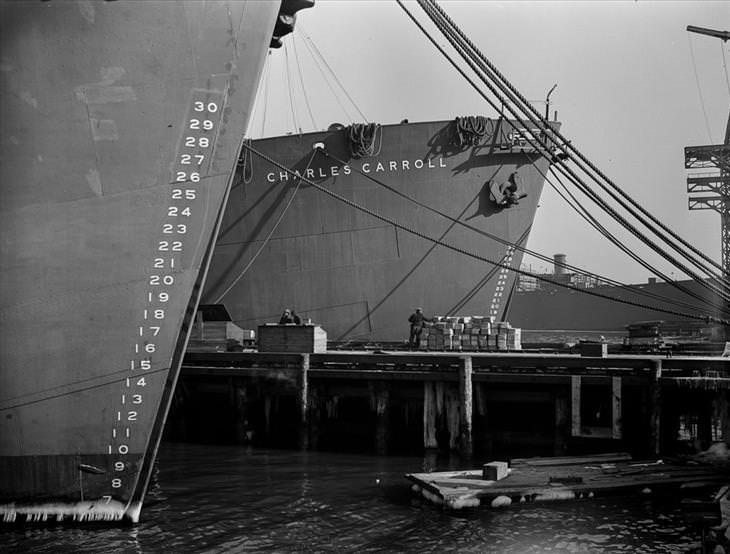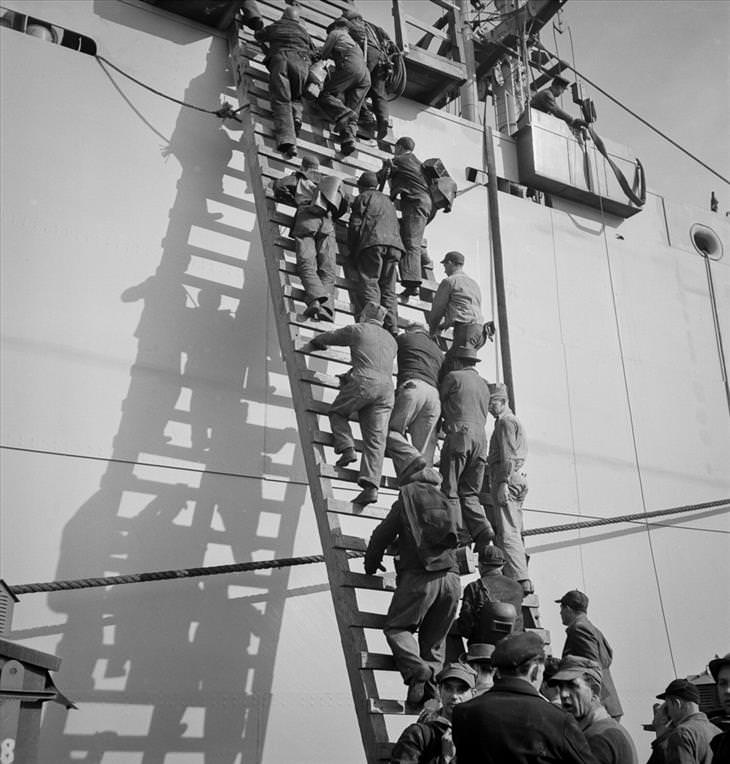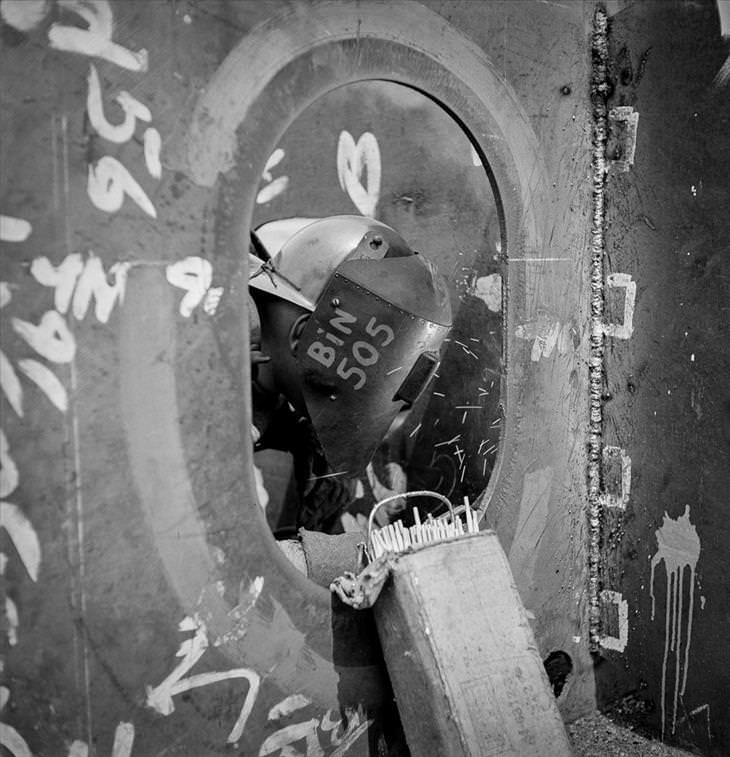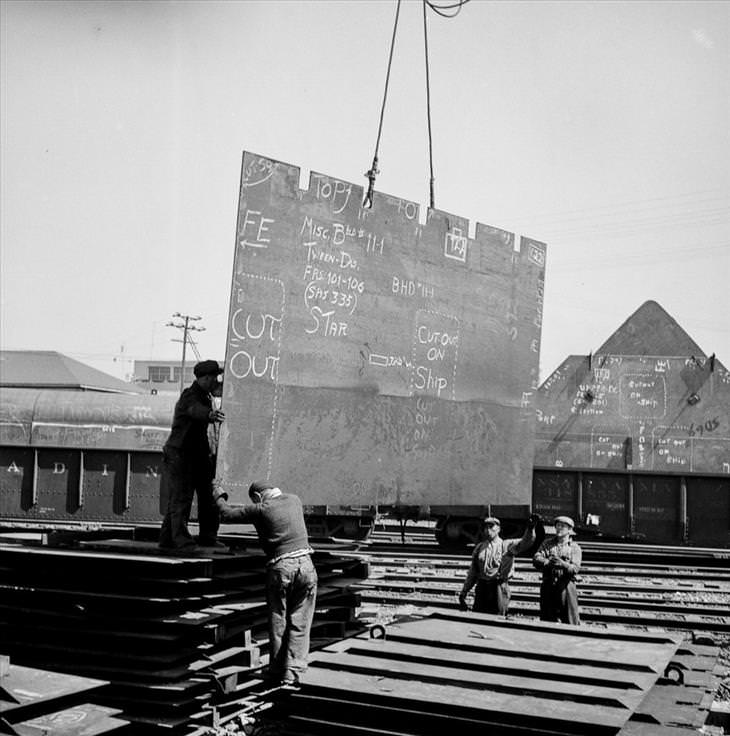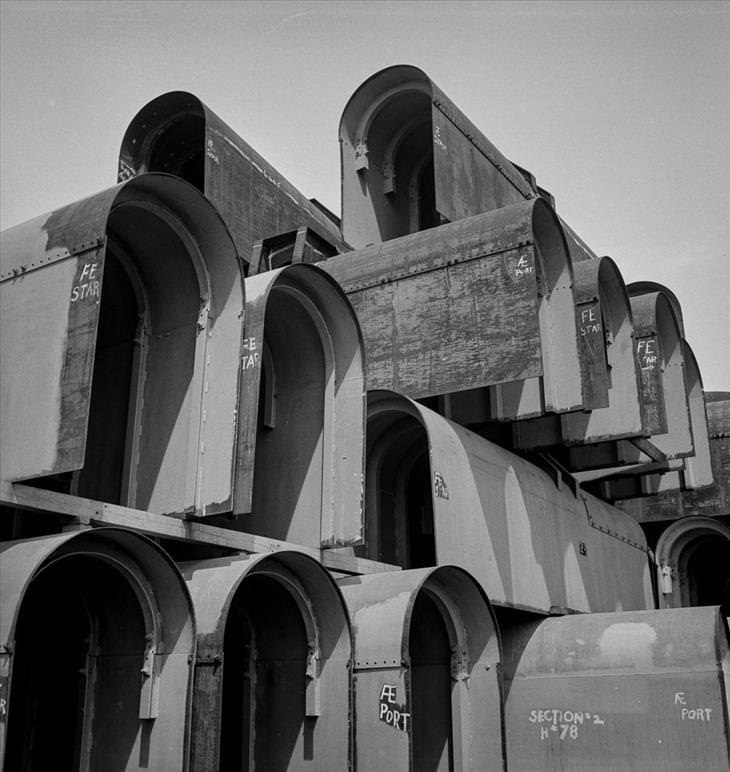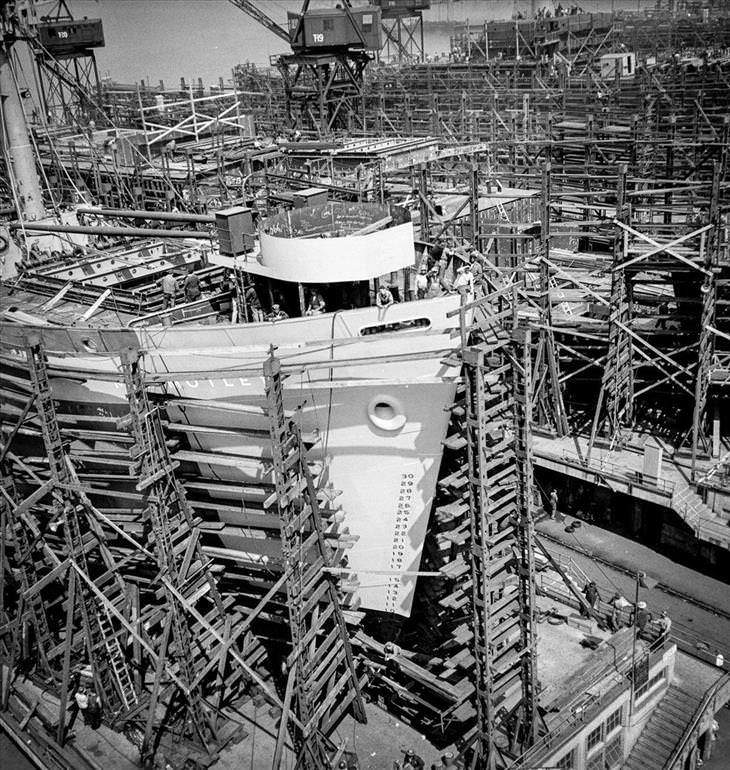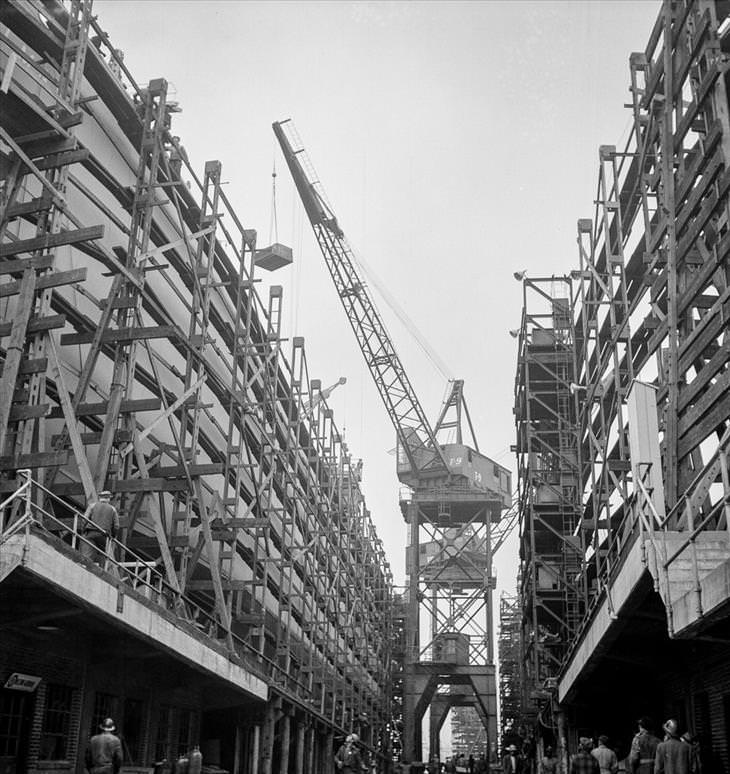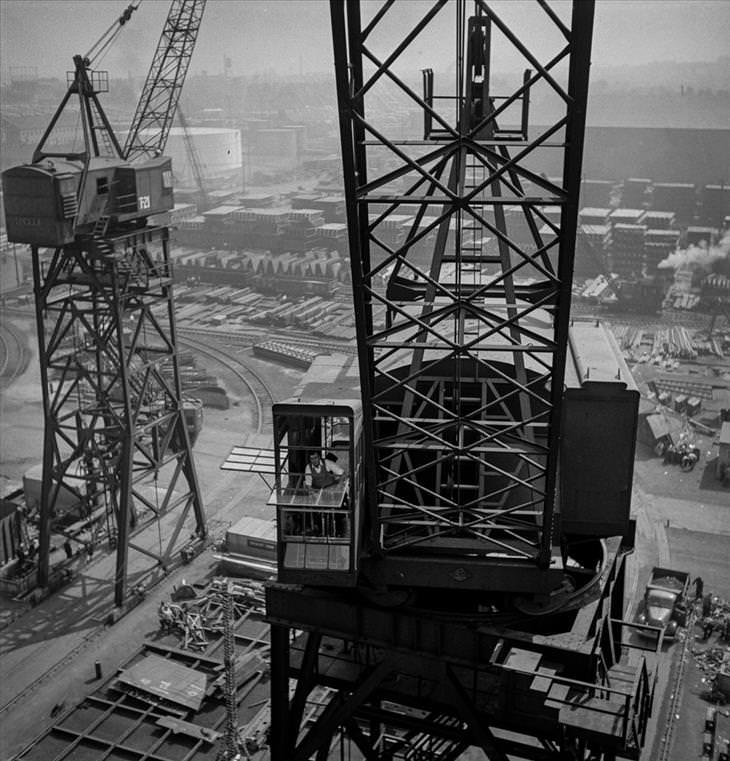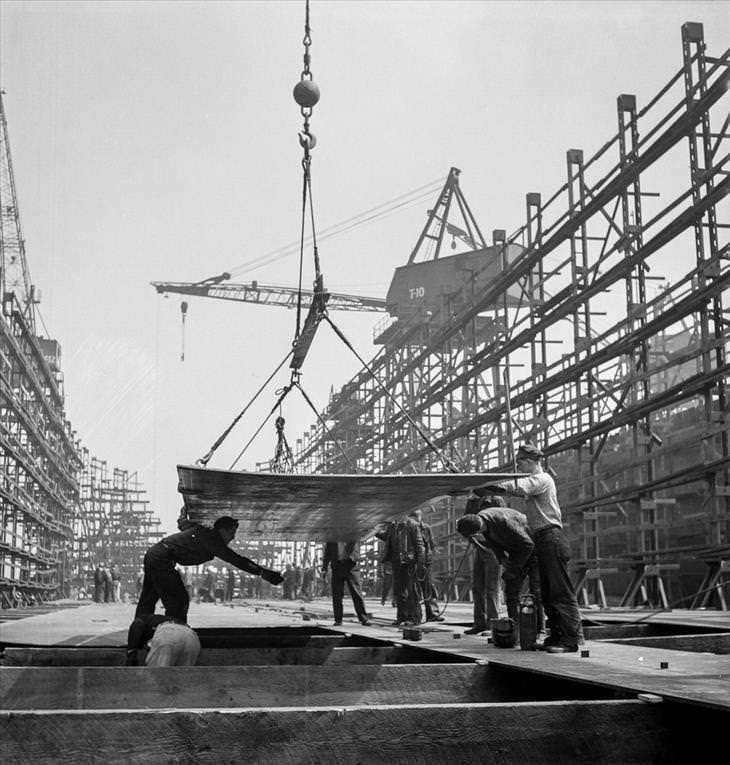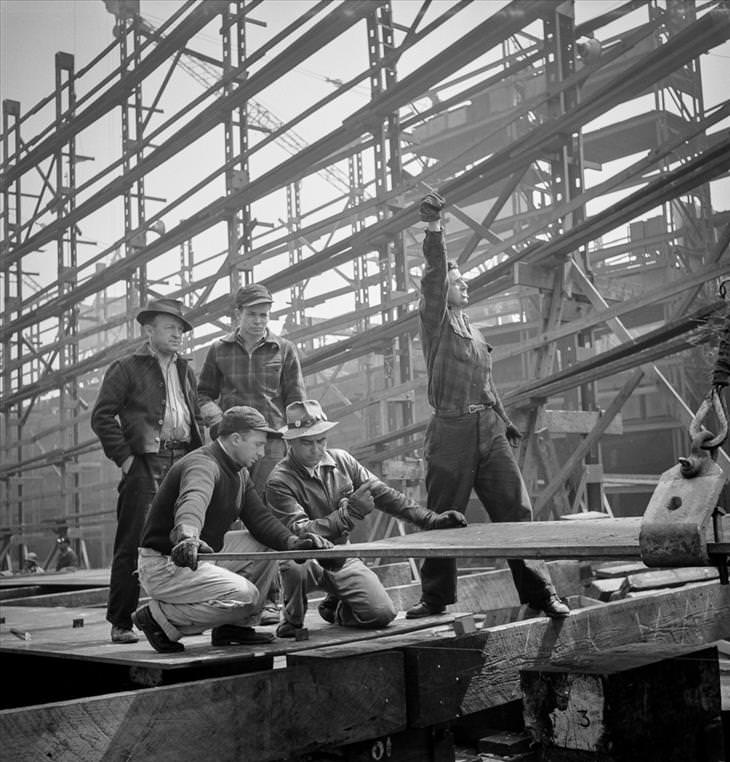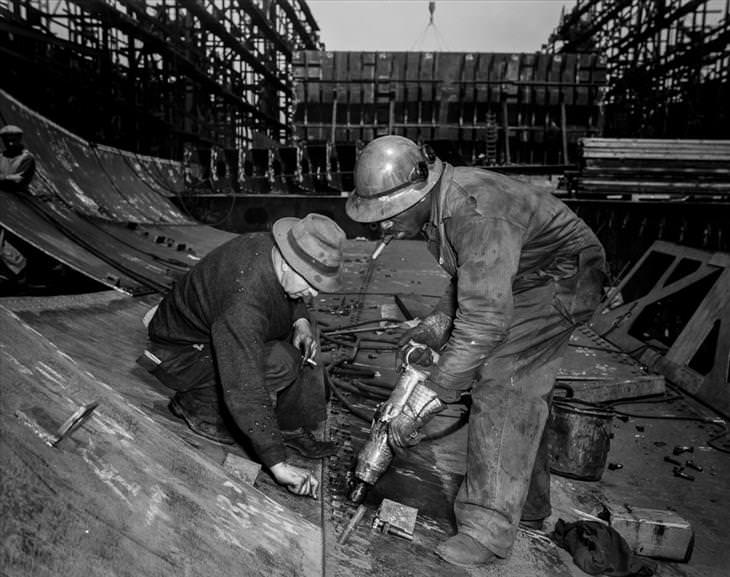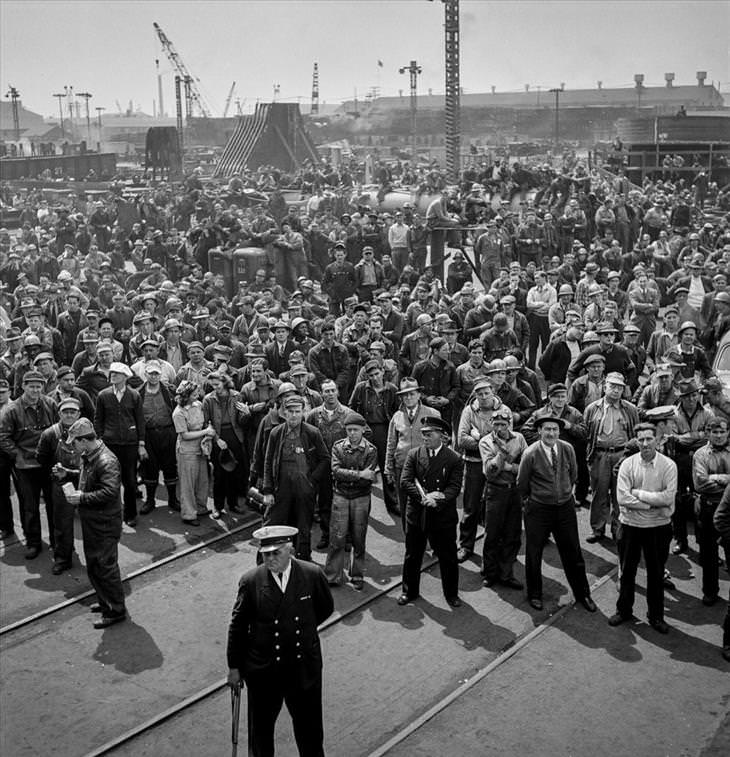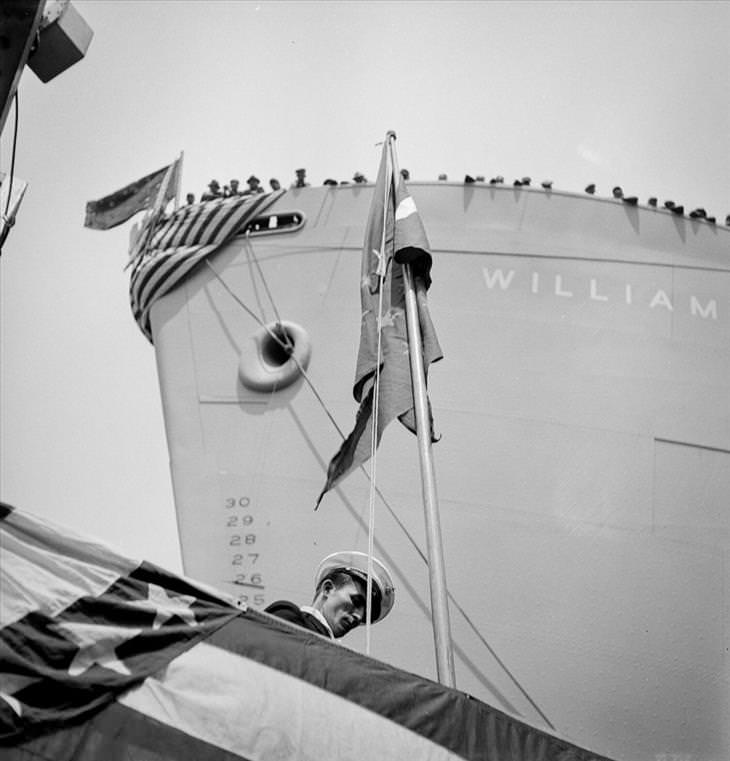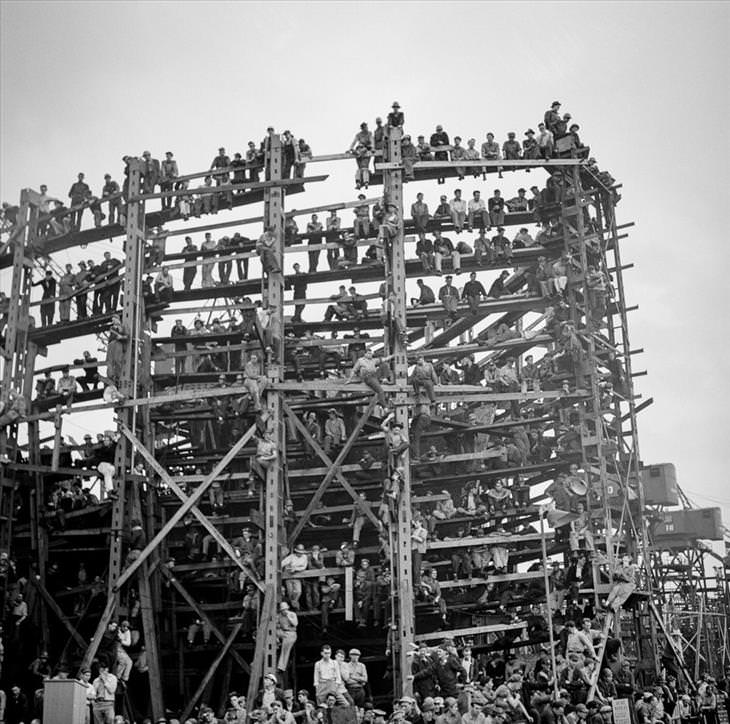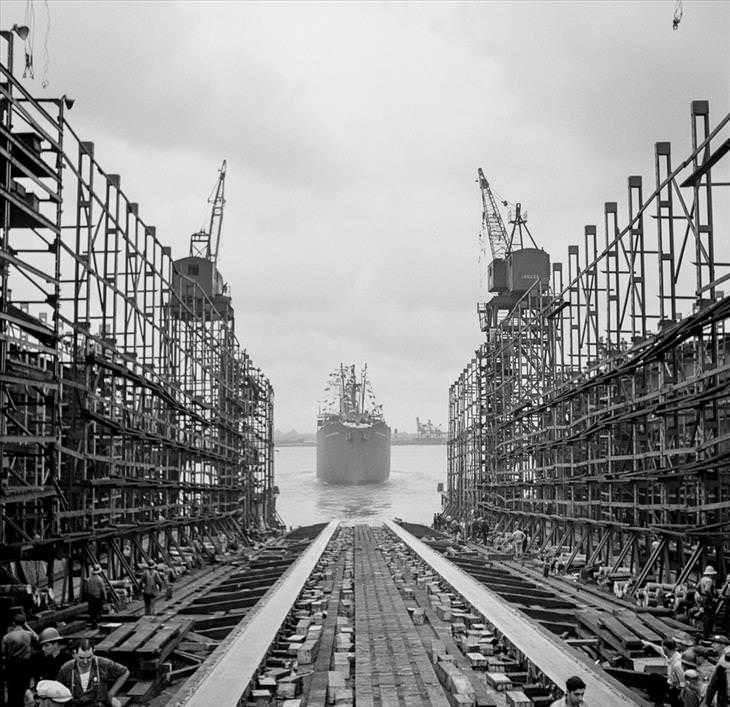
The Bethlehem-Fairfield shipyard was one of two new emergency shipyards constructed in the United States during World War II. These operations were part of the Emergency Shipbuilding Program, which was established by the US Maritime Commission in 1941.
The Emergency Shipbuilding Program was conceived because the US government needed to be able to move troops, material and cargo to allied countries, as well as to foreign theaters of war. In just four short years, more than 6,000 ships were built as part of the program.
Bethlehem-Fairfield got the first part of its name from the Bethlehem Shipbuilding Corporation, which the US government entrusted to run it. The second part came from its location, which was in the Fairfield area of the city of Baltimore.
Despite being designed to have a capacity of 10,000 tons, it was often the case that the ships carried much larger volumes of cargo in order to meet the demands of the US’ wartime needs. By the time the war was nearing its end, the construction process for the ships had been streamlined so much that, in some cases, they were ready to launch in just a single month.
Nowadays, the former site of the shipyard is occupied by the entrance to the Baltimore Harbor Tunnel, so there sadly isn’t anything left to see. When it was active, the shipyard employed some 27,000 people, and they built no less than 523 emergency ships in the space of four years.
Content and image source: Mashable Retronaut

Unseen & Rare Photos from History You Will Love
We bet you haven’t seen these amazing historical photos before.
 10:30
10:30
Cities of Yesteryear: See the 1890s Come Alive!
It's incredible to have this look into yesteryear, and this compilation have some truly terrific sights to show you!

14 Nostalgic Pics to Take You Back to the Good Ol’ Days
These photos will instantly trigger your nostalgia.
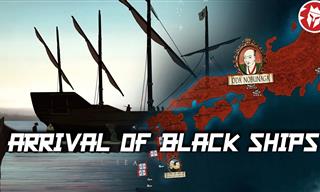 20:39
20:39
History Lesson: How Japan Met Europe for the First Time
This video delves into the fascinating story of how the Portuguese and Japanese of the 16th century met, two distinct worlds, exploring the initial contact.

How We Came to Play: The Origins of Playground Games
The fun games we played in our childhood had some interesting origins.
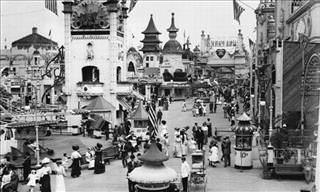
These Amazing Photos Capture Coney Island In Its Heyday
Comey Island is iconic as a New York City destination, and that's due to its many amusement attractions. Take a look of what it was like back in its heyday.
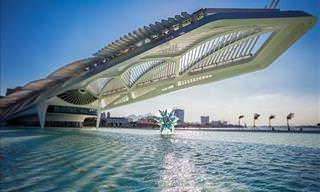
Collection: The World's Most Unique Buildings
This collection includes advanced buildings of the future, stunning old structures, and some of the tallest buildings in the world

This Macro Photography Shows a New World Beneath Our Feet
There is a stunning world beneath our feet that's difficult to see. However, thanks to modern technology, we are now able to admire this world in all its glory.

The Universe's Greatest Photographs: 12 Contest Winners
Have a look at these stunning photograph winners from Wikipedia's tenth annual photography contest. They'll blow your mind.
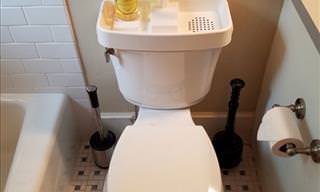
These Fantastic Inventions Can Improve Everyone's' Lives!
Here is a collection of awesome inventions that you didn’t know you needed, and they are complete genius due to their simplicity. Take a look!

Ancient Wonders of Archaeology & Architecture – 16 Pics
These fascinating things from the past continue to inspire wonder and awe.

Here Are 15 Rare Sights You Won't See More Than Once!
Here are 15 rare sights that you're practically guaranteed to never see more than once in your lifetime!
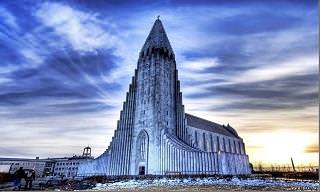
10 Places of Worship That'll Leave You Utterly Speechless
These stunning places of worship will dazzle you with their architectural beauty and breathtaking surroundings. Located all over the world, these beautiful buildings are bound to leave you speechless.
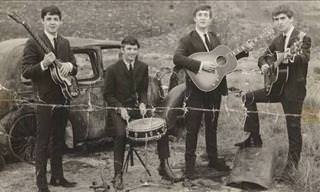
Click These Old Photos to See Them in Full Color!
It's fascinating to think that now, we can actually see the past better than we could 30 years ago! Here you'll find 16 classic photos, click on each one to see it in full color.

These Cool Cat Portraits Really Capture the Feline Spirit
If you like cats - even only a little - don't miss these phenomenal cat portraits!
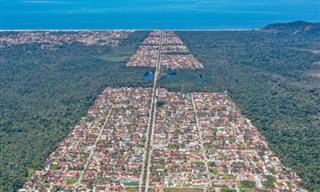
In Photos: 15 Gorgeous Cities from Around the World
We have curated a collection of 15 stunning photographs that capture the essence of these cities or showcase their breathtaking sights in a single frame.
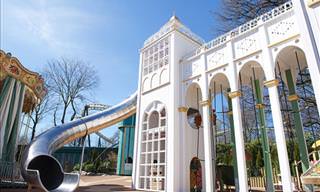
Even Grown-Ups Can't Resist These Amazing Playgrounds!
This Danish company creates such incredible playgrounds that your kids will never want to go home!

Time Stood Still for These 21 Stunning Photographs
Time is a series of present moments that elapse and leave us with beautiful memories, so here are 21 such photographed moments never to be forgotten.
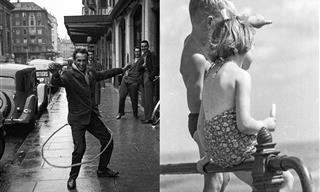
This Street Photographer Left His Grandson a Real Treasure
Dylan Scalet finally had time to digitalize the photographs he inherited from his grandfather during lockdown. What he found was incredible.

View the Winning Photographs From the Siena Photo Awards
The Siena International Photo Awards is one of the most prestigious awards ceremonies anywhere in the world. View the incredible winning entries here.

15 Photos of Afghanistan Like You've Never Seen It Before
These photos shed a light on a troubled country, to show us the lighter and beautiful side of Afghanistan. Take a look for yourself!
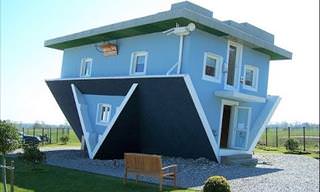 7:02
7:02
Are These Weirdest Houses Ever Built?
n this video, we're taking you on a journey to meet the weirdest houses in the world, looking very different to the ones we're used to.

Now This is What Photography is All About...
Each of these photos tells a beautiful story...

The 2023 German Society for Nature Photography Competition
A remarkable collection of 15 photographs unveiled during the 2023 German Society for Nature Photography competition.

Take a Look At These Truly Beautiful Dog Photos!
Kristýna Kvapilová's first love in life is photographing dogs, and that's highly evident from her stunning images. Take a look at her best work here.

Check Out 20 of the Strangest Buildings Ever Constructed
If you love exploring the architecture of the world, then you're in for a real treat, since this post explores the world's weirdest buildings...

A Different Look at the Moments that Changed the World
Incredible photos of historical events, shot from a different angl, showing a different view of the events.
 2:06
2:06
View the World Through the Eye of a Moving Bullet
Watch in awe as you discover regular objects through the eye of a moving bullet, using an incredible new type of lens.
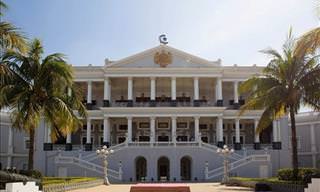
Taj Falaknuma Palace: The Most Opulent Oriental Beauty
Taj Falaknuma Palace is one of the most fabulous gems in all of India, with plenty of fascinating stories to tell from the age of the British Empire.

This Parisian Apartment Has Been Untouched for 70 Years!
I can hardly believe this time-capsule of an apartment, that was locked away and forgotten about for 70 years. It's like nothing has changed in a century!
 18:11
18:11
Goldsmithing Expert Turns a Metal Blob into Pure Gold!
An amazing process of chemisty and gold-working turns this blob into pure 24 carat gold.

Now That's What I Call Perfect Timing!
Each of these photos was taken with perfect - almost supernatural - timing!

15 Out-of-This-World Hotels You Simply Won't Believe
These brand new around-the-world hotels offer incredible views from some spectacular, exotic locations. You'd never want to leave these hotels.

20 Previously Unseen 20th-Century Celebrity Portraits
Enjoy this beautiful collection of unseen 20th-century celebrity portraits by the famous American photographer Philippe Halsman.

These Incredible Photos Will Take Your Breath Away!
Enjoy some of the most spectacular photos from the Smithsonian Magazine's 15th annual contest.

10 Tips to Redo Your Interior Without Buying Anything New
With these clever tips, you can beautify your home without spending a dime!
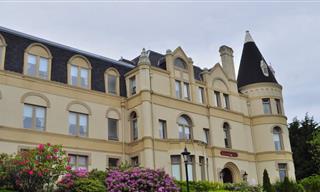
These Are the Greatest Historic Homes Found in the US
These historic homes are the most important in the United States. See pictures of a historic home in each US state, and find out more about them.

15 Incredible Handmade Leather Creations
Check out some of the most incredible leather creations!

Interactive: What Happens When We Try to Take Pro Photos!
It can seem like photography is easy, all you need is a camera and a beautiful subject. Yet these photos prove that the experts do know what they're doing!

Masters of Wood: 15 Stunning Handcrafted Designs
Some people are just born with extra talent!
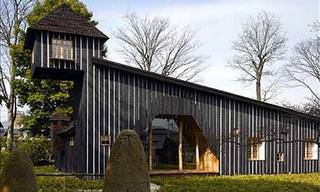
Are These Japanese Houses Crazy or Artistic?
The Japanese are known for being a little eccentric. Put that together with their enterprising spirit and there's a recipe for weirdest home designs ever!

These Photos Will Make You Rub Your Eyes in Puzzlement
These photos are all very puzzling at first look, maybe even at the second as well...

Humor and Art Collide in These Wacky Street Art Pics
Frank de Ruwe is a street artist who uses his witty and brilliant art to bring fresh life to dull and bland streets.
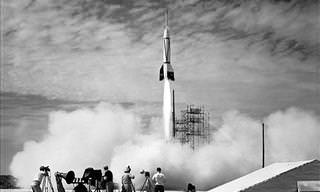
Learn About Photography's History Through These Old Photos
In celebration of the incredible history of photography, here are 12 outstanding photographic 'firsts' that span the last couple of centuries.

18 Pictures That’ll Give You A Glimpse of The Past Century
Thanks to historical photographic records we get a glimpse of the way of life that was in the past years around the world...

These Hilarious Pics Prove That Mankind is Probably Doomed
There's more evidence of mankind being doomed than the alarmist media reports on your TV! Take a look at these 20 hilarious photos.

Can You Believe Someone Actually Built These? Amazing!
These architects created something a bit difference...



